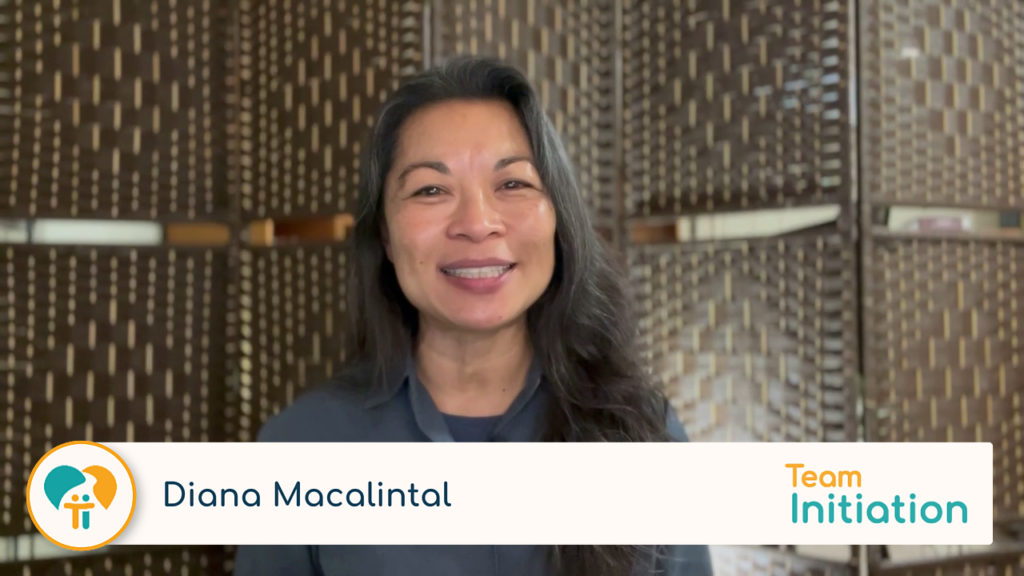
“How do we explain the scrutinies to the catechumens without scaring them?” That was a question we received recently at a Rites of the RCIA institute. The question stumps me a little. As I look at the structure and prayers of the rite, I don’t see anything particularly frightening. I think that if there is any fear associated with these prayers, it is perhaps because of the title (and the title of the core prayer of the rite — the exorcism).
Why do we say ‘scrutiny’ and ‘exorcism’ anyway?
The titles scrutiny and exorcism have been handed on to us from the ancient catechumenate of the third and fourth centuries. Some other Christian churches have changed the titles to something more modern and perhaps less fear-inducing. But I think we lose a couple of things when we do that. First, we lose a connection to our ancestors in faith. These prayers were important to them, and they have been handed down to us as one of the treasures of the church. We should be reluctant to toss them aside too easily.
We also lose an opportunity for dialogue. Once we explain to the catechumens that there is no actual scrutiny — as in interrogation — in the rite, we can explore an alternative understanding of what it means to scrutinize. Likewise, when we point out what the prayer of exorcism actually says, we can ask what a modern-day understanding of being freed from our infirmities and healed of our sickness entails.
If there is no formal examination in the celebration of a scrutiny, what does the name mean? How does the scrutinization happen? I don’t think is there is one, definitive answer. Ideally, you and some of the parishioners who had been part of the celebration would gather after with the elect to share faith around that question. From my own experience of the scrutinies, here are a couple of thoughts.
Who is actually scrutinizing the elect?
First, we can say that the word of God scrutinizes. The first ritual element of the scrutiny is the proclamation of the readings. The readings chosen for these rites is also part of our ancient tradition. What specifically do these readings have to say to us and the elect? How do they “examine” us to help us “uncover, then heal al that is weak” and also “bring out, then strengthen all that is upright, strong, and good” (RCIA 141)?
We might also say the elect scrutinize themselves. After the homily, the elect are invited to kneel down and pray. They keel there, in front of the assembly, “for some time in silence.” (RCIA 152). We can’t help but wonder what is taking place in their hearts at that moment. What are they thirsting for? What blinds them? What entombs them? Are they ready for new life, forever freed from these forces of evil?
We can’t help but wonder what is taking place in the hearts of the elect during the scrutinies.
Finally, we might say the church, the Body of Christ, scrutinizes. As the elect stand, we stand with them to pray that they savor God’s word in their hearts, learn to know Christ, reject anything that is not Christ, and overcome weakness through the power of the Holy Spirit (RCIA 153).
It’s not about demons
Similarly, we can break open the meaning of excorcism. Unlike the exorcisms in the gospels, the prayers of exorcism in this ritual never address the demons. Rather, the “God of power,” the “Father of mercy,” and the “God not of the dead but of living” is who we speak to. We beseech God for protection and defense against the power of Satan; we pray the elect will be freed from a spirit of deceit. But it is a prayer we know is already answered. In the same prayer we give tribute to the Lord Jesus, the one who “Rule[s] over that spirit of evil, / conquered by [his] rising from the dead” (RCIA 154). The exorcism prayer reads a little like the Star Spangled Banner. It is an acclamation of victory for a battle already won.
These ancient rituals are profound and solemn. But they are not sad, dreary, or frightening. They are like that moment when the Olympic high diver stands at the edge of the board. She bends her knees slightly and bounces — once, twice, three times — just before leaping. It is the stillness and anticipation of those pre-dive bounces that we capture in the scrutinies. In that moment, we know, and the elect know, that they will “prove to be staunch and fearless witnesses to the faith” (RCIA 168).
Your turn
What have your catechumen asked you about the scrutinies and exorcisms? How have you addressed their concerns? How have elect in your parish reflected on their experience of the rite?











I was asked to sponsor someone I do not know, to become Catholic. She has met with me once, but I still not know her, and she never has time to meet ,even though I have given her several opportunities to meet with me for the purpose of clarifying anything she may not fully understand and to pray together.
As a former Director of Faith Formation, I am uncomfortable sponsoring someone I do not know. What do you recommend?
Hi Dee. I know it can be uncomfortable to sponsor someone you don’t know, especially if the inquirer is reluctant to meet with you. However, in most cases, it would or should be the norm that the inquirer and sponsor do not know each other at first. When we let inquirers choose their own sponsor, they often choose someone who is not really qualified for the job. Ideally, the parish is providing active members of the community to act as sponsors for inquirers.
If your inquirer is not making time to meet with you, it may be an indication she is not yet ready to begin a formation process. She may need more evangelization and more time. I recommend you keep reaching out to her and wait for her to respond when she is ready.